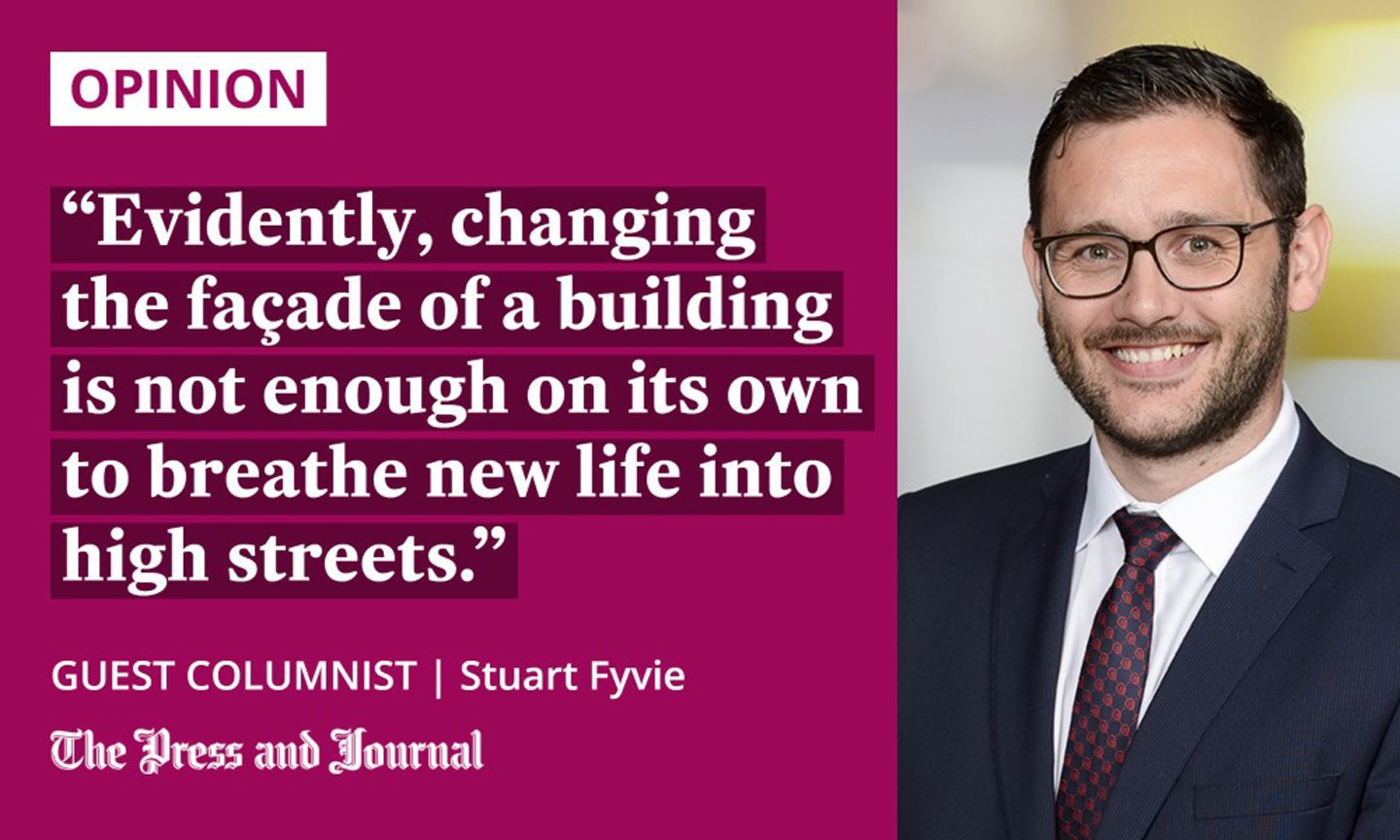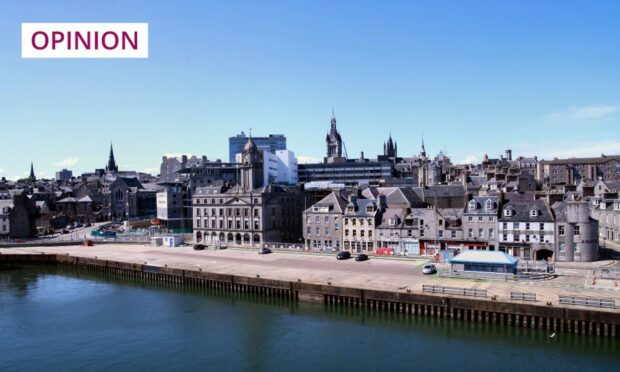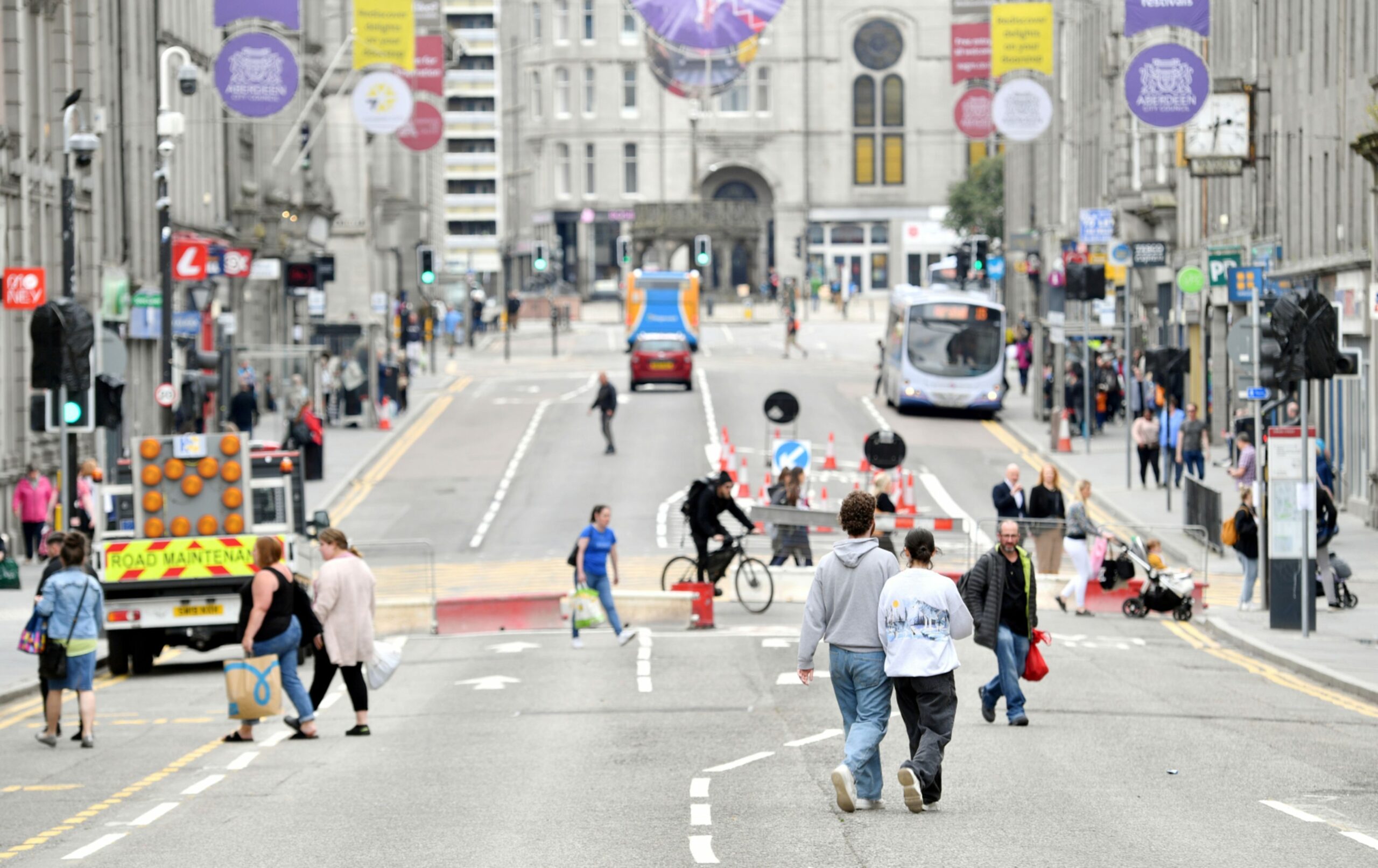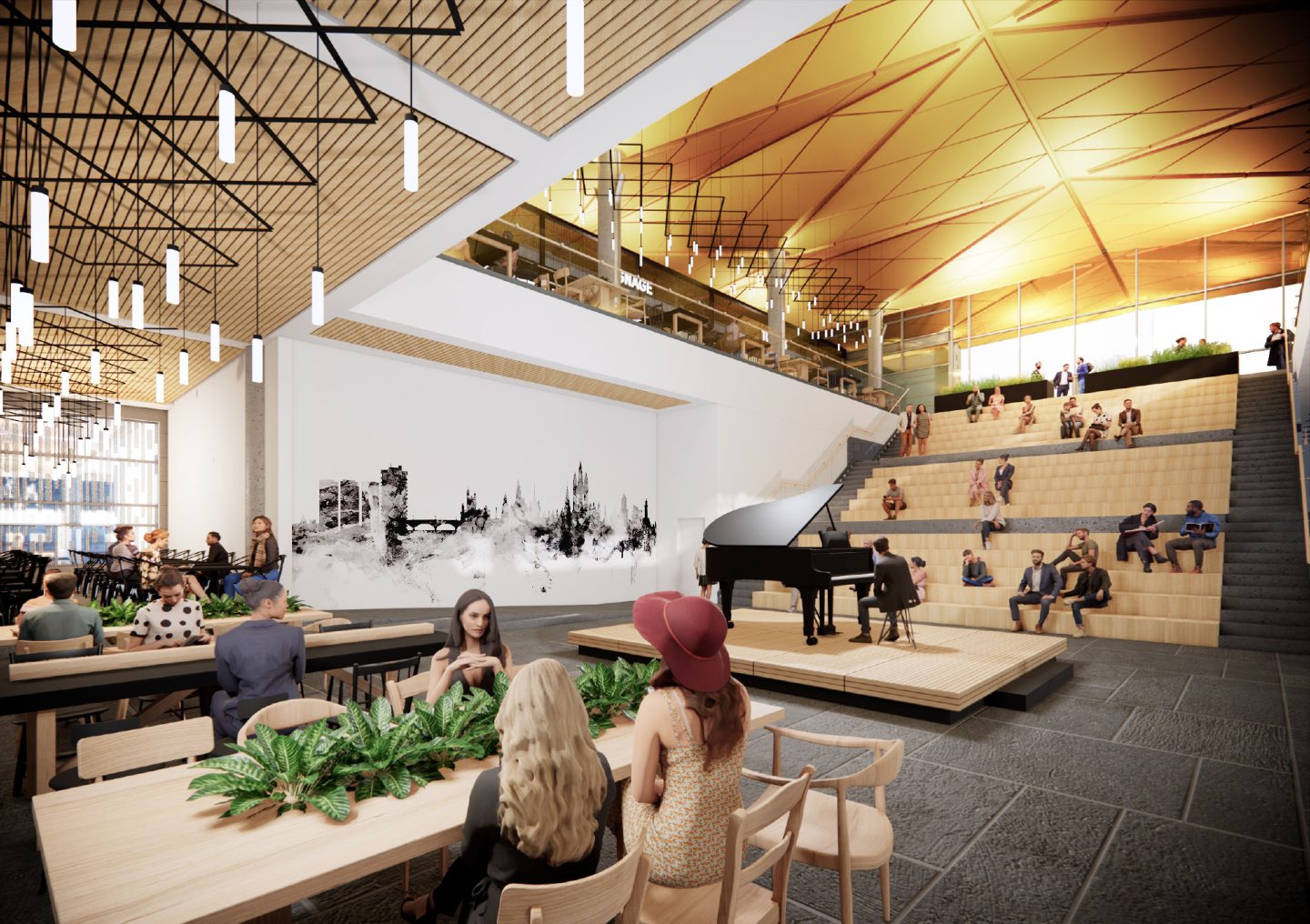Town centres will forever have a role to play.
Perhaps never was this truer than during the Covid-19 pandemic, when many of us came to rely on our local high streets for produce and services in times of enforced working from home. In turn, many high streets flourished.
However, not all town centres emerged from lockdown with the same renewed lease of life. Yet, the function they play is still key to the overall attractiveness of any place.

The pandemic has accelerated the rate of change, brought about by the oversupply of retail and the rise of internet shopping. Cities and towns across Scotland are having to rethink the purpose of their high streets. How can they become less one-dimensional, attract a wider demographic and, ultimately, create an experience-led, multifaceted destination?
Funding and flexibility are critical
Aberdeen’s Union Street is a case in point. Largely built in the 1800s, the properties along the once-illustrious Granite Mile show significant potential for improvement, which is needed if they are to draw in the footfall they once did.
Approximately half are listed and fall within the Union Street conservation area, which brings with it its own challenges. However, the properties themselves do not exhibit any significant signs of disrepair. Therefore, expenditure should be focused on improving the visual appearance of the street.
For instance, the replacement and repair of shopfronts and signage, redecoration of windows, repairs to rainwater damage and cleaning of stonework would all significantly improve the cosmetic appearance of Union Street.
How you implement change can be challenging, due to barriers around owner and occupier’s cost and inconvenience. This is where funding is critical.
Simplifying the procedures for all statutory planning and building requirements would also go a long way towards making the task of implementing significant changes to streetscapes more achievable.
It is possible to restore Aberdeen’s streets
A good example of revitalising a key local area is the work Aberdeen City Council are doing on the pedestrianisation of Aberdeen Market. Situated on the site of the former BHS shop, the area is being completely redeveloped to create a fantastic new marketplace in the heart of the city centre. This is amongst numerous other regeneration projects.
Evidently, changing the façade of a building is not enough on its own to breathe new life into high streets.
Public realm is essential, and there needs to be a coherent strategy in place for street furniture, lighting and paving. Greater pedestrianisation also prolongs visitor dwell time, along with art installations and seasonal pop-ups.
Collaboration between local councils, landlords, tenants, and the public is key. Done well it is possible to transform unloved pockets of a city back to their former glory.
Stuart Fyvie is director in the Aberdeen building and project consultancy team at Savills



Conversation